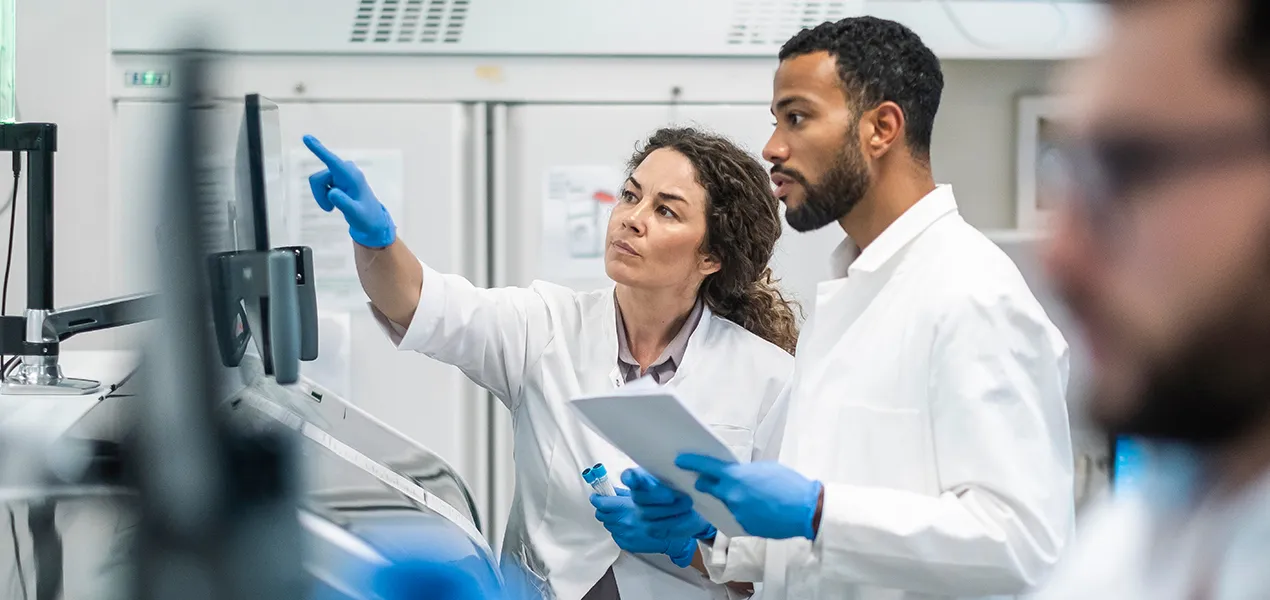How Real-World Evidence is Shaping the Future of Healthcare Innovation

Regulatory science helps ensure modern, safe and effective diagnostic and medical technology solutions make it to market as efficiently as possible. Jeff Hergesheimer, Senior Director of Regulatory Affairs at Hologic, highlights the pioneering use of real-world evidence to continue to advance this field, fuel healthcare innovation and help improve patient outcomes.
Most FDA submissions require substantial supporting data to demonstrate their safety and effectiveness. According to Hergesheimer, this typically means relying heavily on large, prospective clinical studies, which can be both time-consuming and costly.
Recently, however, the National Evaluation System for health Technology Coordinating Center (NEST) has been helping shift the focus from traditional clinical studies toward inclusion of real-world data as evidence in support of regulatory submissions, with the shared goal of accelerating patient access to life-changing innovations.
Sustainable use of real-world evidence
In 2016, FDA granted the Medical Device Innovation Consortium (MDIC) an award to establish NEST to efficiently support the use of real-world evidence for medical device regulation. Since its inception, NEST developed frameworks for using real-world evidence in regulatory contexts and subsequently tested framework feasibility for a variety of needs, such as expanding claims, ensuring product safety and effectiveness after it’s on the market or adding indications to existing products.1
With the help of Hologic, other industry partners and their ongoing pilot use-cases, NEST is setting the foundation for sustainably generating and using real-world evidence across regulatory submissions.
In 2025, NEST officially appointed Hologic and Hergesheimer to its Governance Committee, highlighting that “Hologic brings a valuable perspective grounded in both technical expertise and an enduring commitment to innovation in women’s health.”
Quote from Jeff Hergesheimer
“Our goal is to help companies harness existing real-world data, such as anonymized electronic health records and claims data to answer critical regulatory questions in a controlled and statistically sound way. Through this collaboration, we look forward to driving solutions that support regulatory decision-making and deliver impactful healthcare innovations.”
The benefits of real-world evidence in practice
With its own implementation case—an FDA submission that is now currently under review—Hologic has experienced firsthand the benefits of actively engaging in the NEST process.
“NEST facilitates a process that builds early alignment with FDA,” said Hergesheimer, which helps ensure FDA agrees with the relevance and reliability of the real-world data being used, supports the study design, parameters and acceptable outcomes, and checks that the actual process of aggregating the data is effective for its intended purpose, serving as evidence in support of a regulatory decision.
“The benefit of this interactive approach is that you’ve thoroughly addressed many of the key aspects with FDA and incorporated valuable feedback into your submission as needed before it’s under review,” he said. “We were meeting with FDA regularly for nine months to refine this first package. This engagement not only ensured alignment but also helped mitigate risks, such as unexpected delays or additional study requirements emerging during the review, which could significantly extend review timelines.”
This type of collaboration and early alignment “should streamline the review process for the real-world evidence portion of the submission and provide FDA trust in assessing data quality and relevance, allowing them to focus their review on the performance, safety and effectiveness of the technology itself,” said Hergesheimer.
Making room for more: resourcing, agility and impact
“Hologic started working with NEST on this first submission during the COVID-19 pandemic”, said Hergesheimer.
Without the ability to use real-world evidence for this submission package, “we would have needed to complete a very expensive, long and resource intense prospective clinical study…it likely would have tied up a lot of our clinical resources and may have prevented us from responding to COVID testing needs the way we did,” he said.
At the start of the pandemic, Hologic produced the first molecular diagnostic tests for COVID-19 specifically authorized for use in both symptomatic and asymptomatic people. In 2020 alone, more than 68 million Hologic COVID-19 tests were distributed to over 40 countries.2
This space for flexibility, enabled by existing data, showcased the potential of real-world evidence to support science, innovation and patients in real time.
“I hope our work helps create an environment where we can do more and more of these types of studies,” said Hergesheimer. “It’s an innovative and developing area of regulatory science and we need to keep investing in it.”

